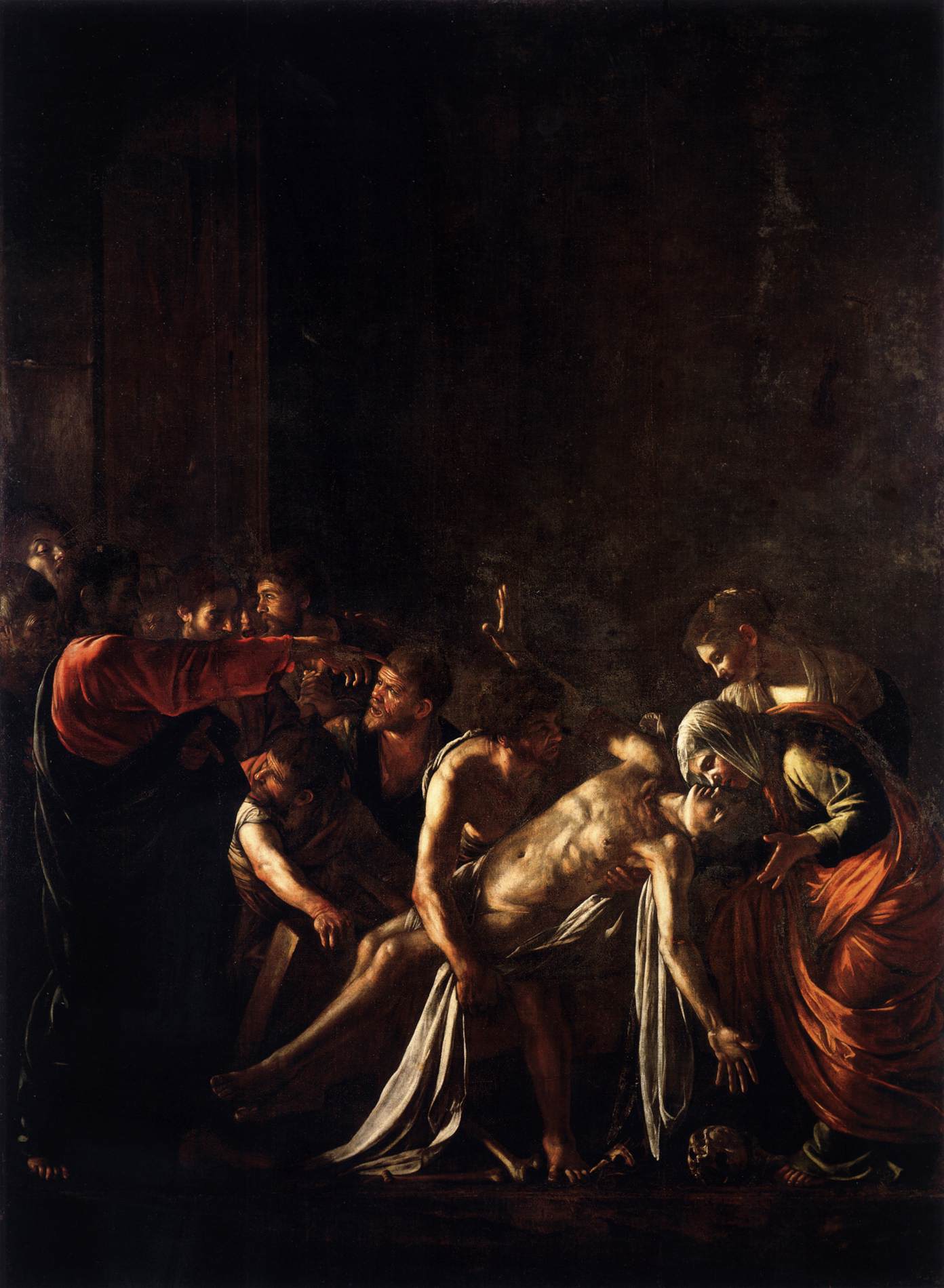
Associate Professor Letha Ch’ien publishes research solving a frustrating problem in Caravaggio studies: the seventeenth-century painter’s later work diverges sharply from his earlier work. Calling both “Caravaggism” belies the artist’s radical innovation in the large narrative works following his rapid flight from Rome after murdering a tennis opponent in 1606.
The origins of Dark Caravaggism can be found in the artist’s controversial Death of the Virgin altarpiece delivered shortly before his departure from Rome, but it was in Sicily where the painter fled after escaping from a Maltese prison that Caravaggio fully developed Dark Caravaggism.
Utilizing murky dark color palettes, Caravaggio rendered his paintings too dark to fully decipher, especially in the low light of church interiors. He harnessed the eye’s natural process of dark adaptation, the optical operation of pupil dilation that happens with reduced light, in order to build temporal duration into the act of viewing the painting. Dark Caravaggism paintings literally require time to reveal themselves visually to the viewer.
“Dark Caravaggism: Caravaggio’s istoria Mode in the Resurrection of Lazarus, Burial of St. Lucy, and Death of the Virgin” in the fall issue of Explorations in Renaissance Culture analyzes the dark adaptation process and the ways in which Caravaggio exploited a physiological process to layer semantic and to narrative content.

